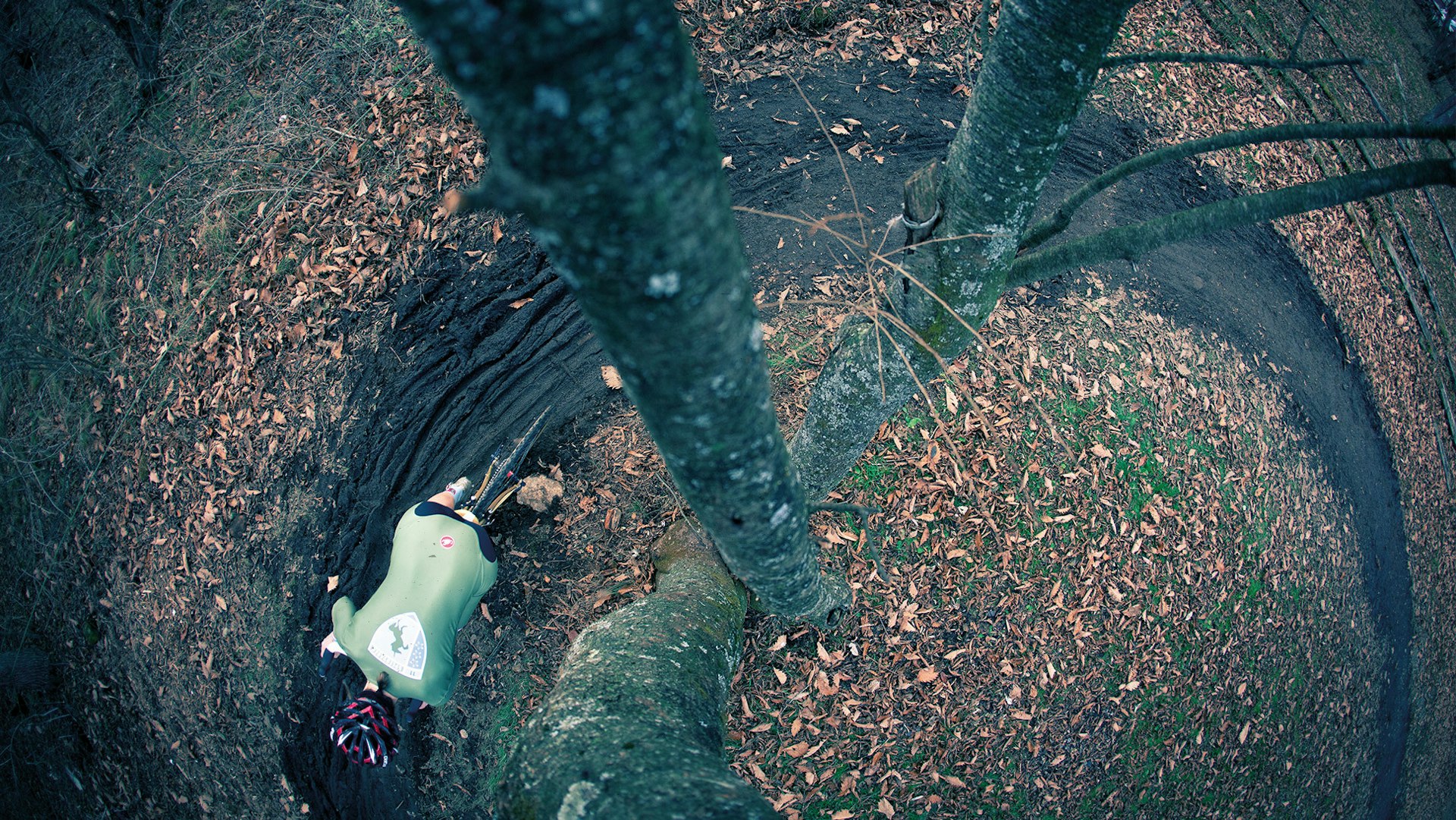
NYOIL
- Text by Bob Ford
- Photography by Bryan Derballa
The house on the corner has been knocked off its foundations. Like god put a hand on the wall and just pushed.
It lies there, lopsided, its formerly white walls splattered with mud. A man stands in the backyard, despair written on his face. “Get outta here,” he says when he spots us. “There’s nothing to see here.”
The block the house is on is a mess. It’s been nearly a week since Hurricane Sandy slammed into Staten Island, but rubbish still lies everywhere in huge piles. The trash is personal: sodden mattresses, mantelpieces, picture frames.
Up the street, Ali Guzman is working the register of his gas station shop. The pumps are still dry, but he managed to clean up the aisles and his shop is busy with locals stocking up on supplies. “It’s going to be a few days before this place is up and running,” he says.
Staten is New York’s afterthought. Tourists board the ferry at the southern tip of Manhattan, taking pictures as the Statue of Liberty whizzes by. When the ferry docks at the St George’s ferry terminal on the island’s northern tip, they get right back on the next ferry home.
But there’s more to this place than just a tourist pit-stop. For starters, over 400,000 people live here: mostly blue-collar New Yorkers. From the south shore, where the homes are mostly old-fashioned wooden-houses, you can look out onto the Atlantic. It’s a nice view. At least it was, until Hurricane Sandy came screaming up the eastern seaboard. As the Wall Street Journal put it, it left “millions without power, and […] an estimated $20 billion or more of property damage.”
But the storm wasn’t without its little bits of good news. It’s snowing outside – nature’s final middle finger to the people of Staten Island – but it’s toasty inside the seventh-floor apartment we’re sitting in. Kim Sharpton sits in front of his computer and pulls up a custom Google map. It’s flagged with pins, most of which are clustered around the south shore. “We made this map to let people know where they were needed,” he says. “It’s not just enough to want to help – you gotta know how to help. This map was cross-referenced with [power provider] Con Edison’s map, so we could let people know where the power was out.”
Sharpton is better known as the rapper NYOIL (it’s pronounced En-Why-Oil). He’s a Staten local, and while the Wu Tang Clan might be the island’s most famous export, he’s arguably the most enduring: a local figure as renowned for his activism as he is for his music. And almost uniquely among New York City’s rappers, he mucked-in to help.
When Sandy became a certainty, New York authorities urged residents to get off the island. But running, Sharpton says, just wasn’t an option for Staten Islanders. “Before the storm, [the government told us], ‘You need to get out!’” he says. “You need to do what? Leave? And go where – my vacation home? [The government] told everyone to get provisions, but I don’t get paid ’til Friday! The storm is happening now!”
Working first in his neighbourhood of New Brighton, and later on the south shore’s Midland Beach area, Sharpton got to work. Through his day job in the New York school system, he enlisted the help of several teenagers he mentors. He got in touch with community leaders to ask what was most needed. He helped shovel thousands of kilograms of dry ice, brought in by Con Edison so that people could stop their food from spoiling. He helped organise cookouts so that both workers and residents could eat.
But he also did something rather clever. On the filing cabinet next to Sharpton’s computer lie a trio of cameras. Sharpton used them to not only document his work, but also to interview local residents about what was needed, and where. “I thought, let me get out, bring a camera, create awareness,” he says. “It needs assessment… I can’t help people get power. But I can help get the word out.”
Sharpton has over 2000 YouTube followers. The videos he posted received hundreds of views in a matter of days. There’ll never be any way of knowing how many of those viewers chipped in to help. Sharpton says he was one of many people helping clear up – and he’s quick to say that he believes local authorities responded as well as could be expected – but it was still a smart move.
The question his videos raised, however, doesn’t have anything to do with power cables or water supply or even how to get gas back into Ali Guzman’s pumps. If New York is the home of hip-hop, a music built on social change, then where was everyone else? Certainly, no member of the Wu Tang Clan stepped up.
Perhaps it’s unfair to ask that rappers be involved simply because they have a platform to speak from, but Sharpton scoffs at this. “A lotta cats call themselves conscious rappers, but I never see them do anything. You make music. That’s all you do. Them motherfuckers are not for real. All of ‘em screaming they from the hood – why aren’t you in the hood doing something?”
It’s a fair question. When music and musicians have so much potential to reach people, the fact that NYOIL was one of the few to respond is surprising. Rap can’t put that home back on its foundations, but NYOIL proved that it can help bring the tools that might.
